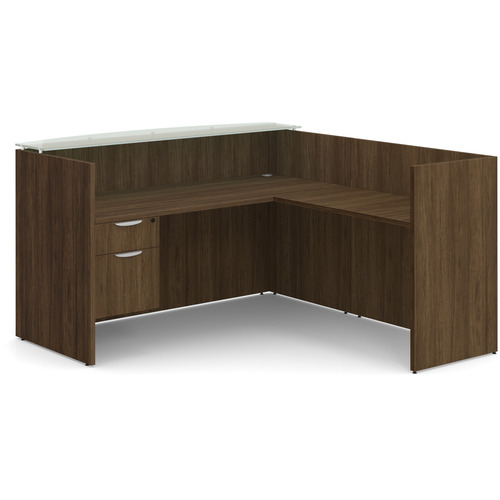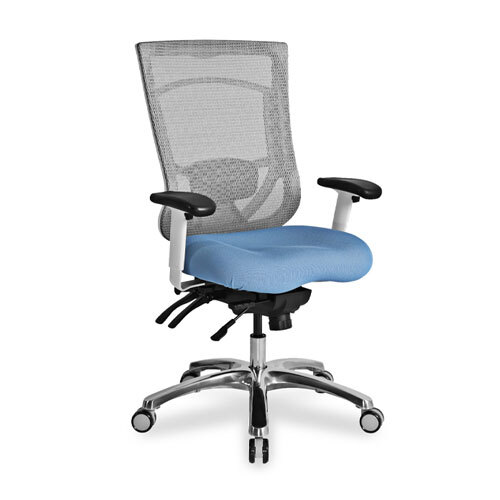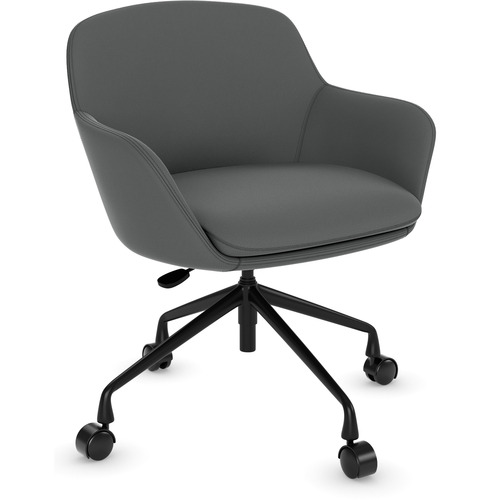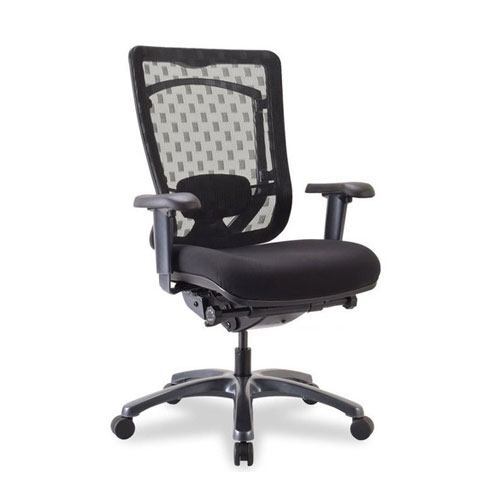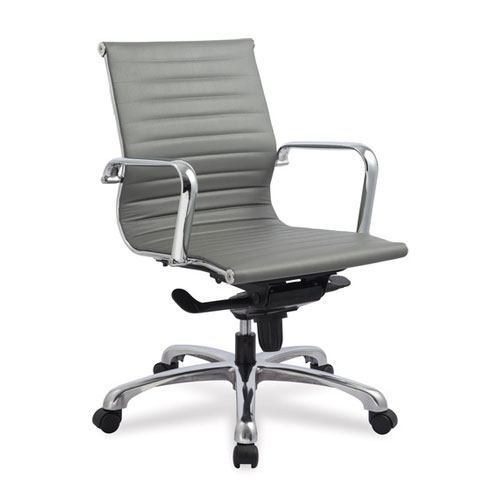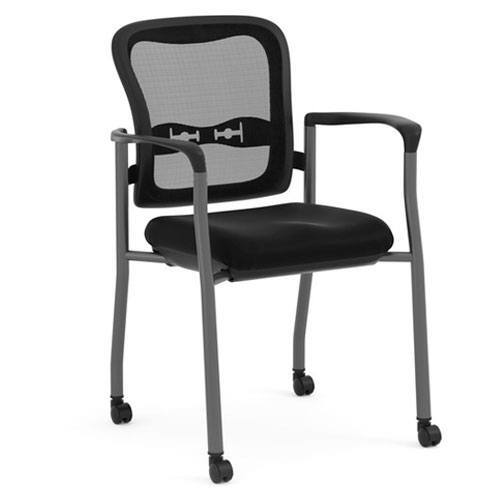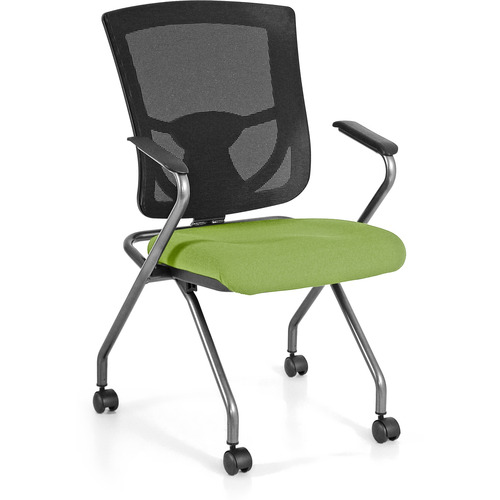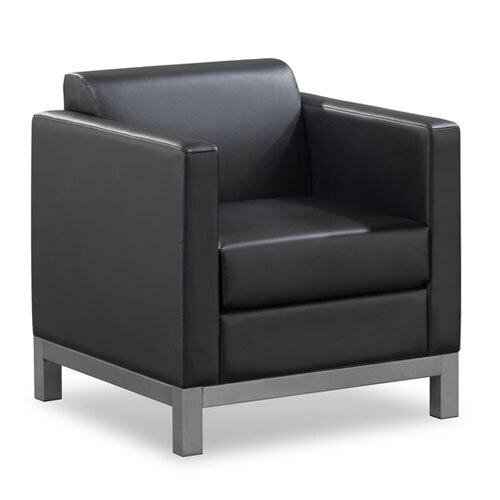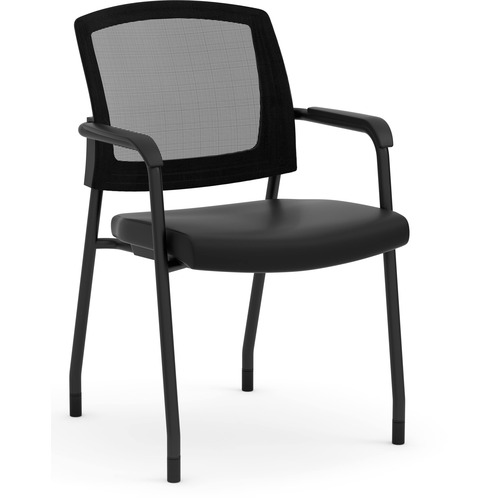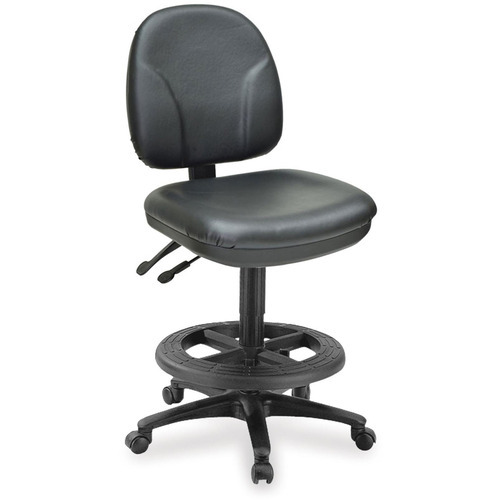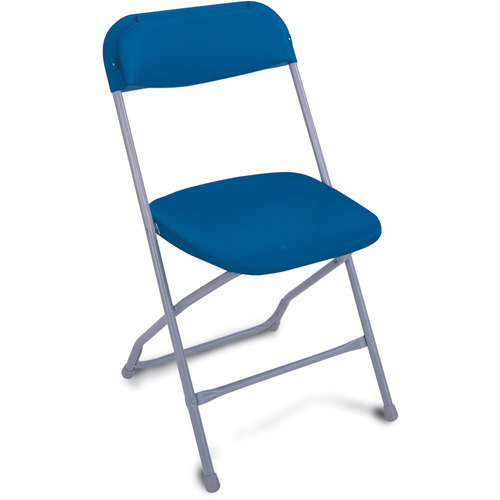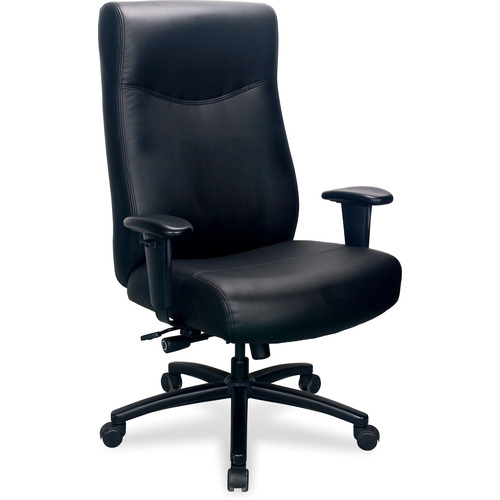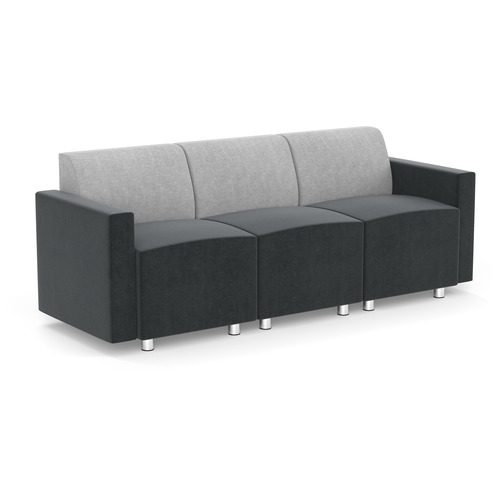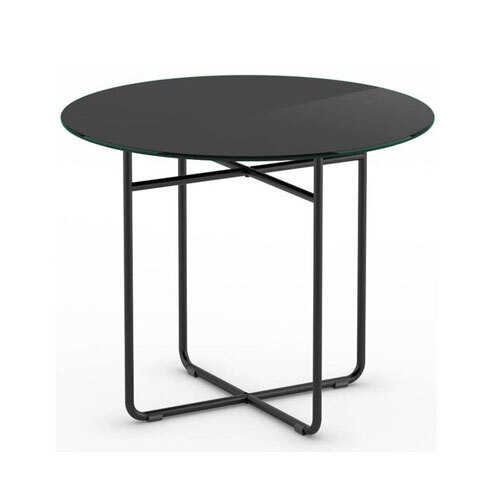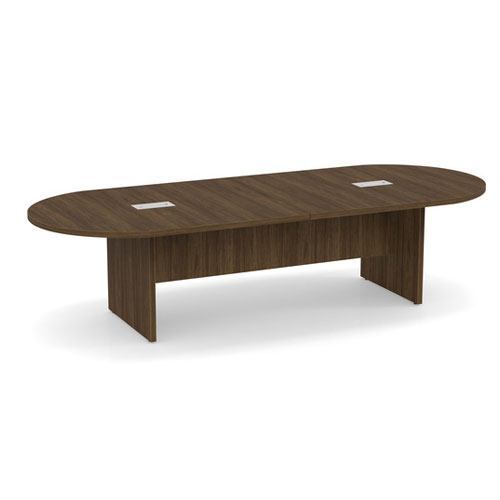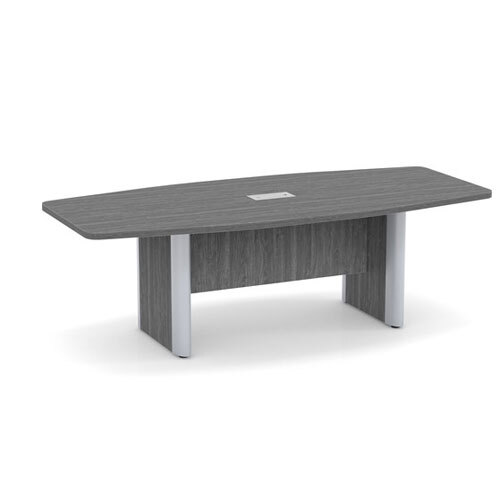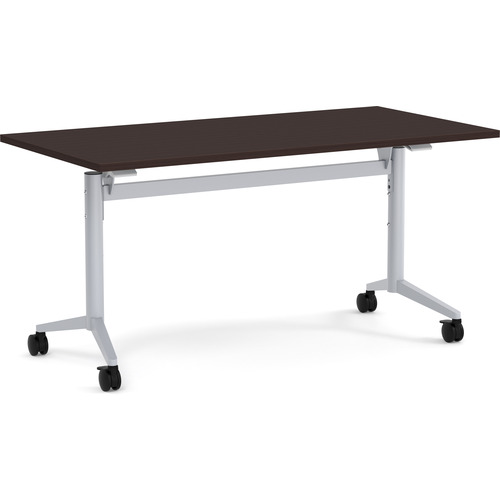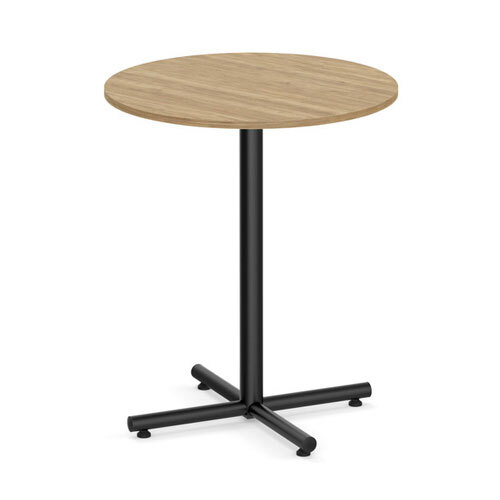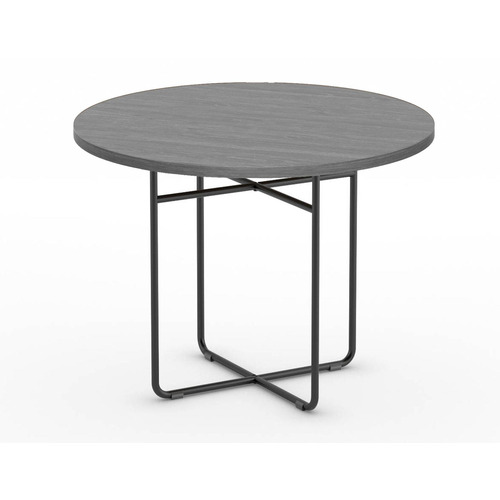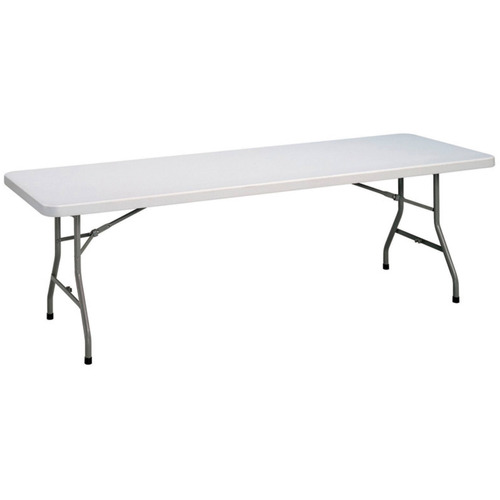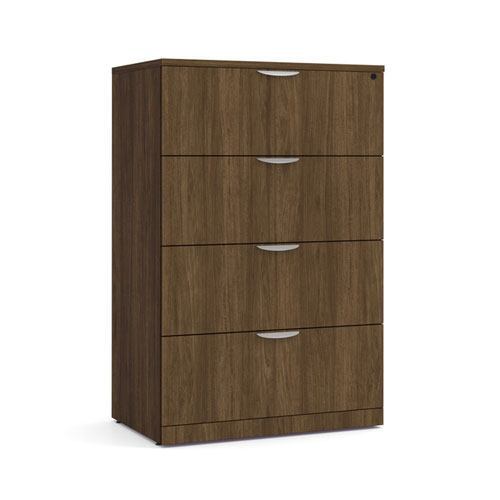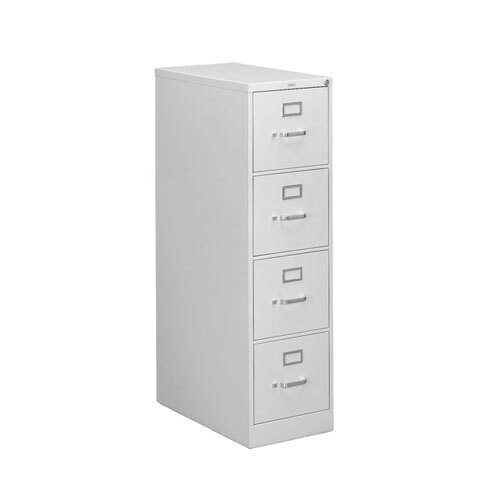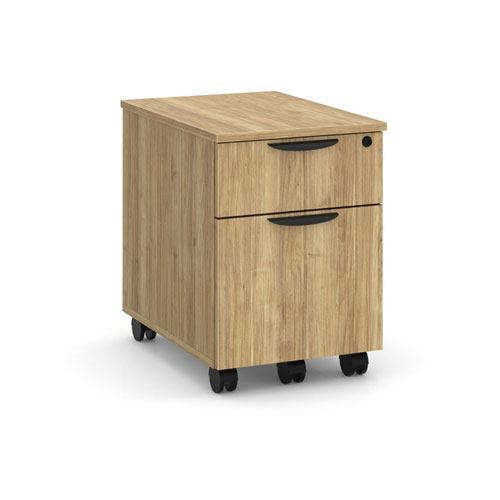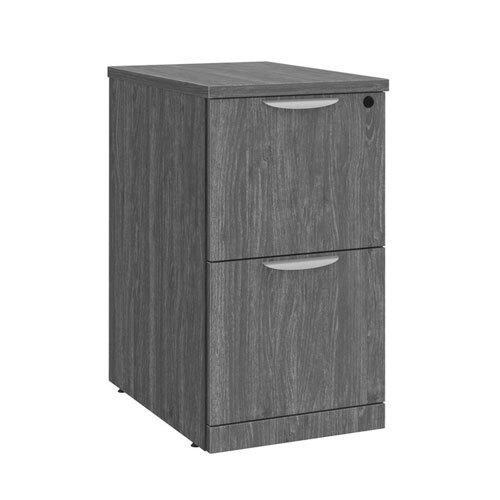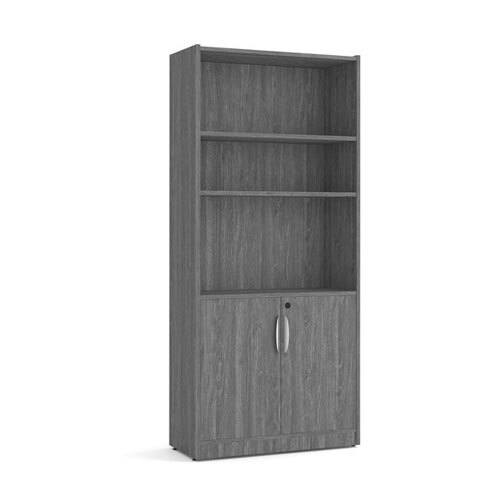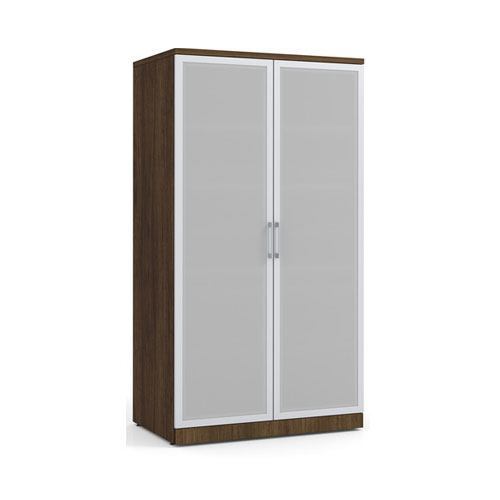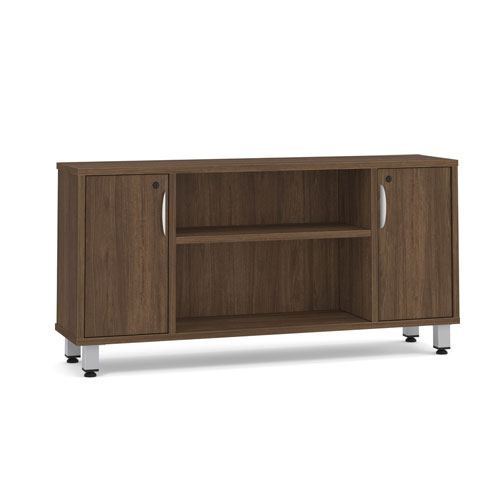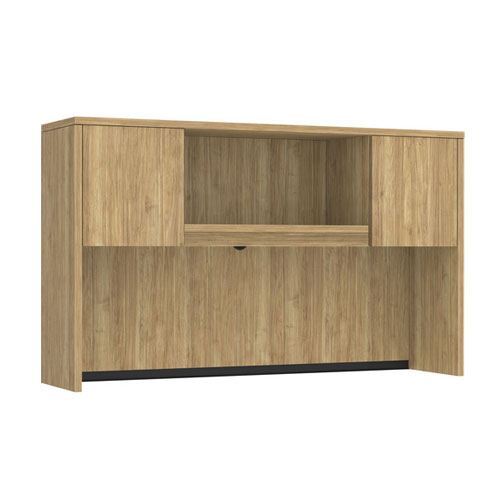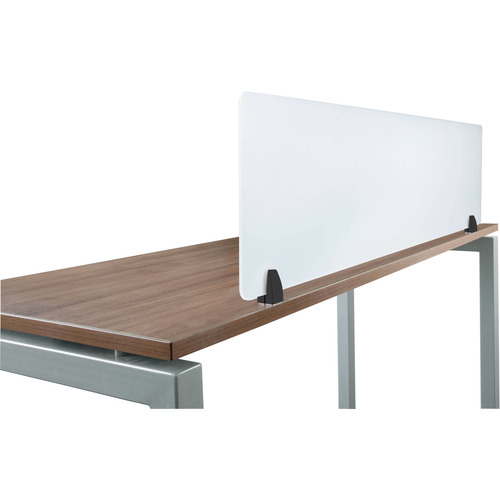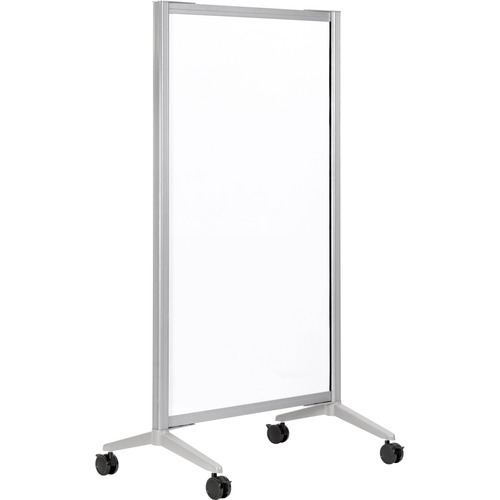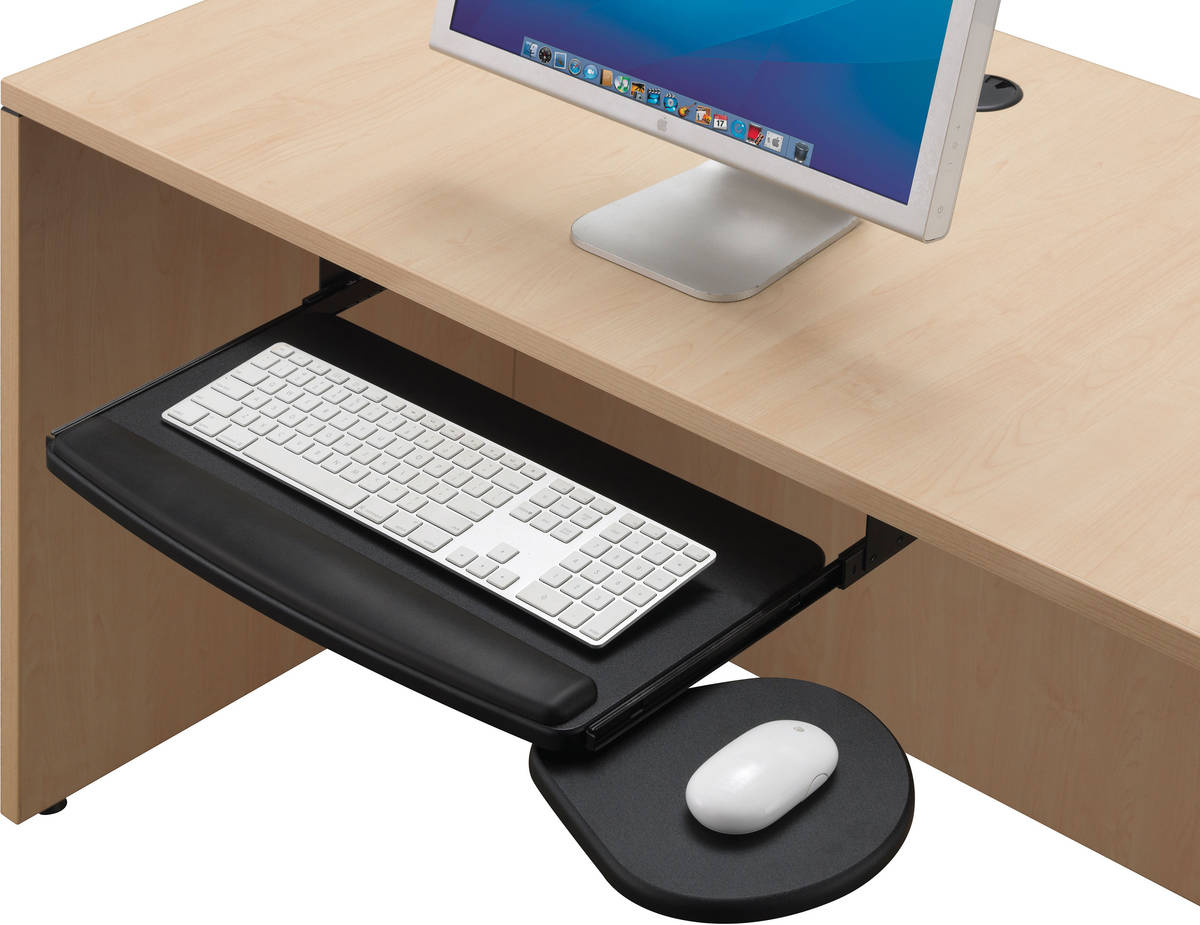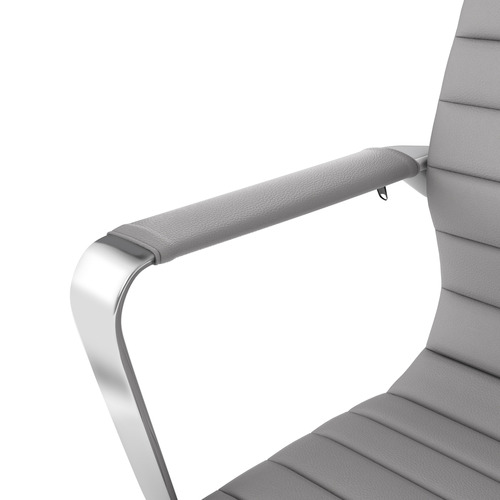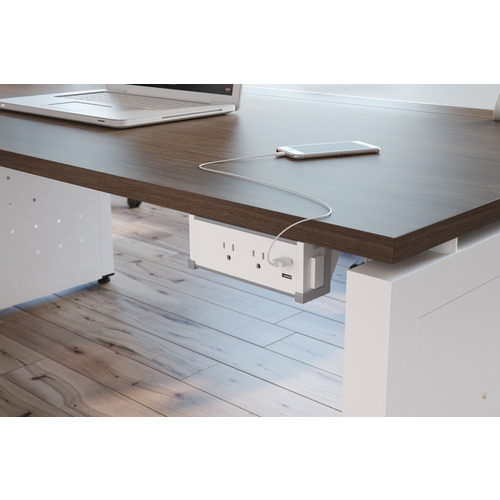Desks and Workstations
Desks and Workstations
A desk is one of the most important elements that contribute to your overall workstation, factoring into a functional and efficient work environment. Whether you’re working from home or at the office, a desk defines your workspace as a place where the most work gets completed and productivity is heightened.
As simple as the concept of a desk may seem, it’s available in numerous forms and shapes that cater to the way you like to work. At Source, we carry a wide variety of desking and workstation options to help you find a perfect fit for your space and styles.
History of the Desk
Desks serve several purposes. They were initially designed for reading and writing but in today’s day and age, desks are often used to provide a surface where a computer, monitor, keyboard, mouse, and other computer accessories can be used.
The term “desk” originally came from the Latin word “desca,” which translates to “table to write on.” The initial desk designs were developed around the 17th and 18th century. With reading and writing as the main purpose, desks were designed with several drawers and compartments that housed books and tools for writing.
By the 19th century, the industrial revolution gave way to more jobs and more workers. As the number or workers continued to grow, the need for desks grew accordingly. This started the mass production of desks using steam-driven machinery.
During the 20th century, there was an increase in office work, and desks were being designed and constructed with steel to withstand heavier items such as typewriters and large stacks of paper. It was in this century that L-shape desks gained popularity due to the larger surface area they provided.
From there, style and function became a large focus in designing desks. It became essential for desks to accommodate paperwork, stationary, telephones, typewriters, and more. Comfort became another priority when designing desks, which led to the use of higher quality materials.
As technology continued to develop and change the way people work, office furniture design had to change alongside technological advancements. Another driving force of office furniture development was the increased focus on health and wellness in the workplace. As studies continued to show negative effects of prolonged sitting and screen time, desk designs became focused on ergonomics, in addition to style and function.
Types of Office Desks and Workstations
A desk is the centerpiece of many workspaces. Most office employees spend a large portion of their workday in their workstation and behind a desk. This is where the most productivity takes place, so it’s important to get a good idea of what types of workstations are available, and which types are the best option based on your space and needs.
Computer Desk
Most desks can house a computer, but computer desks are designed with features that make it easy to be productive on a computer for hours on end. For starters, many computer desks have enough depth and surface area to comfortably fit all components and accessories that are required when working on a computer. Designed with tech in mind, computer desks often include grommets that make cable management easier, keeping the worksurface clean and distraction-free.
L-Shape or Corner Workstations
L- Shape or corner desks are a perfect solution for workspaces that require more surface area. L-Shape desks are typically constructed with one side as the main desk area, plus an extension of the overall work surface on the left or right side. This part of the desk is called a return. Some L-shape desk users prefer to use one side as their main work area, while leaving the other side to store stationary, paperwork, and more. Other L-shape desk users prefer to set up their station at the very corner of the desk. In these instances, an L-shape desk with an inner-corner radius can add additional surface area for your keyboard and mouse, while providing a more comfortable inner corner to work from. A radius refers to an inner corner that is smooth and rounded, providing a comfortable space to sit or stand in comparison to regular 90-degree corners, which may feel awkward and uncomfortable.
U-Shape Workstations
U-shape desks provide even more space by offering an additional side in comparison to an L-shape desk. This desk shape is commonly used in executive or private offices. In these office spaces, the abundance of desk space is important because the front section of the desk is often kept clear to host colleagues, clients, and more. The rest of the space can be used to house tech, paperwork, office supplies, and décor.
Height-Adjustable Standing Desks
A height-adjustable standing desk gives you the freedom to move from sitting to standing throughout the day, which can prevent spine compression and lower back pain caused by day after day of prolonged sitting. Many height-adjustable desks are electric and feature programmable settings that allow you to save multiple heights. This makes it extra quick and easy to transition from sit to stand throughout your workday. For a cost-effective option, height-adjustable desks also come with manual cranks instead of electronic controls.
Team Workstations
Cultivate a collaborative team environment with desking solutions that make communication and teamwork effortless. These benching units combine multiple workstations, creating one connected pod and are perfect for open-concept office environments. Although these workstations are attached to one another, each individual workspace provides enough separation and room for each member of the team to have a space they can call their own.
Reception Desks
Reception desks are an important part of any client-facing office. The reception area serves as a warm welcome for every visitor and guest that comes in, but it also represents your business and is the first opportunity your business gets to make a lasting impression. That’s why it’s important to find a reception desk that that’s stylish for guests and functional for your administrative team. A good reception desk gives your receptionist a spacious place to work and often features a dedicated transaction top where client interaction can take place.
How to Choose a Desk or Workstation
Because your desk plays such a vital role in creating a productive and efficient workspace, choosing the right one may seem like a daunting or overwhelming task. The desk you pick has the responsibility of housing so much of what makes your workspace functional, like your computer and tech equipment, office supplies, paperwork, and more.
Finding a Spot for Your Workstation
Whether you’re working from home or at the office, finding a spot for your desk will contribute to the functionality of your workspace. If you’re only looking to replace your existing desk, then you’ve already found a location for your new one. If you’re shopping for a new space entirely, or if you’re wanting to rearrange your office, you may want to consider factors such as: door clearances, storage drawer and cabinet placement, and electrical outlets.
Measuring the Space for Your Desk
Now that you’ve found a spot for your desk to go, the next step is to measure the space. When it comes to measuring the space for your new desk, it’s ideal to get the most accurate measurements possible. When you measure your space, be sure to include the overall height, width, length, and depth of the space, while keeping windows and doors in mind.
Consider Your Workstation Needs
The kind of desk you shop for is highly dependent on what you need your desk to do. Maybe you conduct most of your work on a computer, maybe you are in a lot of meetings, or maybe you need plenty of storage for organizing files and paperwork. These unique needs contribute to the style, shape, and size of the desk you end up choosing.
For example, if you’re hoping for a desk that carries a lot of tech equipment, paperwork, and more, you may want to consider a desk with added depth in comparison to the standard 24-inch depth most desks come in. If you’re looking for more surface area, an L-shape or U-shape desk may be the best option for you. If you prioritize ergonomics and health, a height-adjustable standing desk can help you achieve the most support and comfort for your workday.
What Makes a Quality Desk
The components and materials used to make a desk contribute to its overall quality, durability, and lifespan.
A good-quality desk will be made from high-density laminate that is at least 3 mm thick. When it comes to putting parts together, desks that use direct metal-to-metal lock and pin systems are strong, reliable, and don’t wear down as quickly as plastic parts. Quality desks may also include tech support features such as power modules, while taking ergonomics into consideration.
Ergonomics of an Office Desk and Workstation
Ergonomics is an important component to consider when shopping for desks and can contribute to improved productivity and physical health. When it comes to establishing an ergonomically friendly workspace, desks play a big role.
Depending on your height, a desk should be 25 inches to 30 inches tall. The standard height for most desks is 29.5 inches tall, but a height-adjustable desk can help you find a more customized height based on your body. This can also be useful for determining monitor height where the top of your monitor should line up with your direct eye line. Keyboard and mouse placement are another important factor. They should be at elbow height, close to the front of your desk, and your wrists should be in a neutral position when using your keyboard and mouse. Even though a desk is an important part of an ergonomic workspace, it can’t check off all the boxes when it comes to maximizing ergonomics. This is where desk accessories can help fill in the gaps.
Desk Accessories
Desk accessories are the finishing touches that make your workspace function even better. The right accessories can make your space more functional, organized, comfortable, and can also help with ergonomics.
Keyboard Trays
Keyboard trays are mounted to the underside of a desk and allow you to have more control over the height of your keyboard and mouse. This adjustable function can help improve ergonomics, making your workstation more comfortable.
Monitor Arms
Monitor arms are a great accessory to consider for making your workspace more functional and ergonomically friendly. Designed with multiple pivot points, monitor arms help you adjust the height, tilt, and angle of your monitors so you can find a setting that caters to your body’s needs. This can help prevent neck and shoulder pain overtime and minimize discomfort.
Power Modules
Power Modules come in many different shapes and sizes, but the main goal of a power module is to make power and connectivity more accessible. Available in undermount or desktop options, power modules feature power outlets, USB ports, data or telephone jacks, and more, making it easy to charge or connect your devices.





